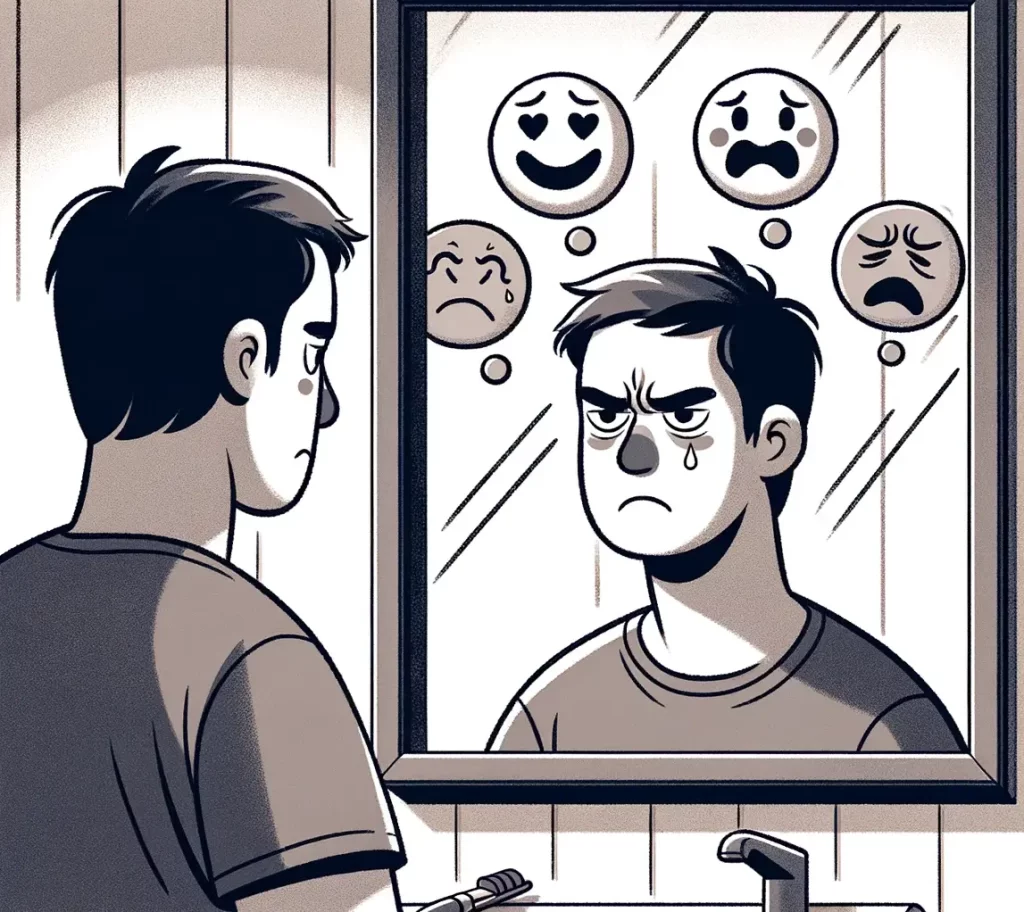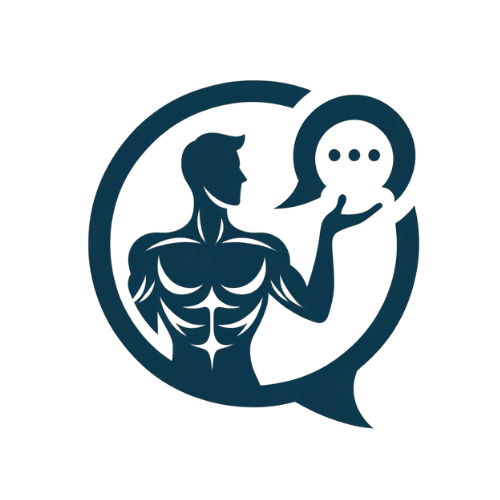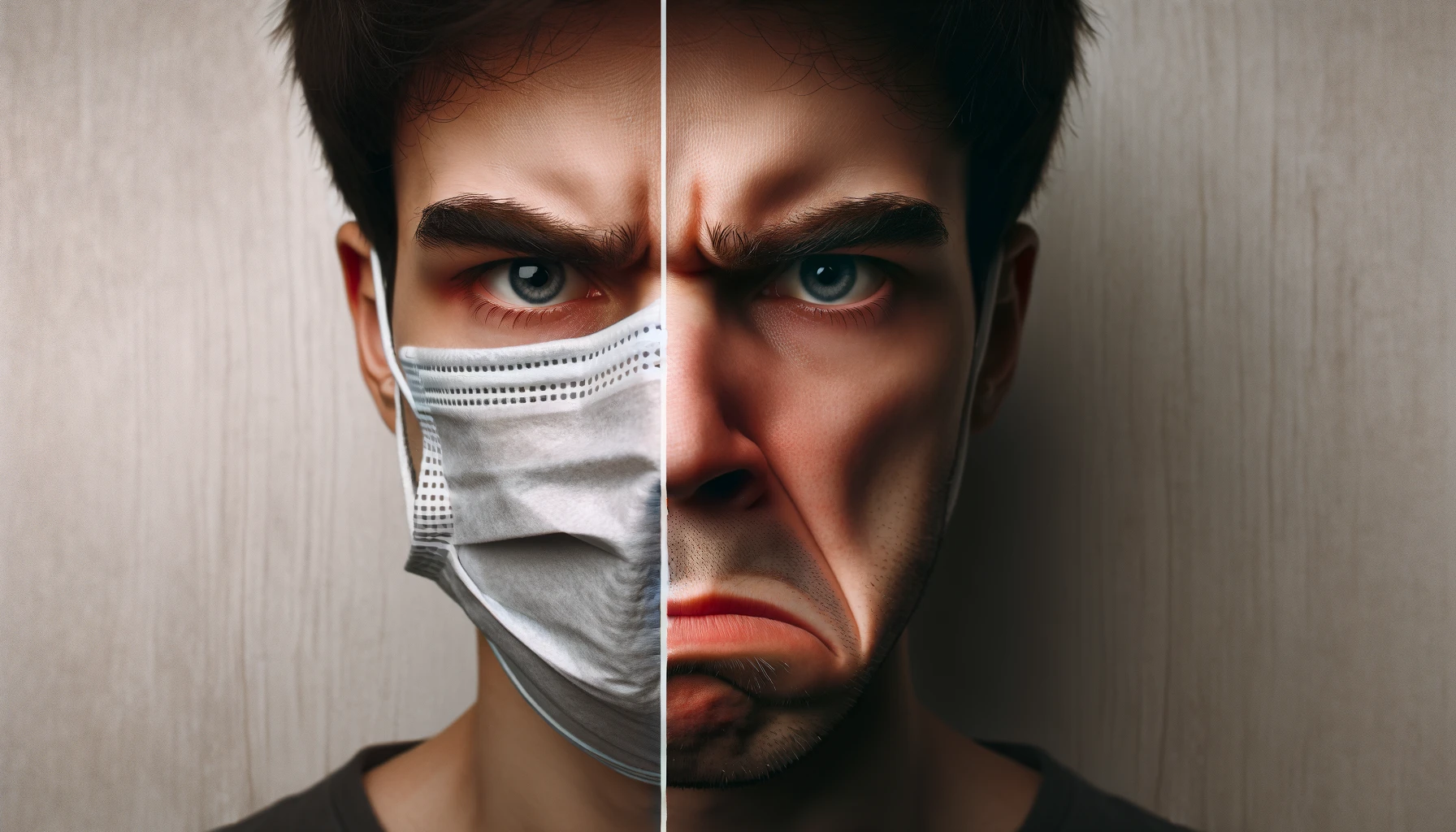Facial expressions are a vital component of human communication, often conveying emotions and intentions more powerfully than words. Frowns and scowls, in particular, hold a special place in this non-verbal lexicon, capable of expressing a range from mild disapproval to intense anger, or even deep concentration. Understanding these expressions goes beyond recognizing a furrowed brow or a tightened lip; it’s about delving into the silent, yet expressive language of our faces.
The journey into interpreting these facial cues is complex and nuanced. Frowns and scowls, while sometimes used interchangeably, can signify vastly different emotions depending on various factors such as cultural context, individual differences, and specific circumstances. The advent of face masks in public life and the growing use of cosmetic treatments like Botox have further complicated the interpretation of these expressions.
We embark on an exploration into the subtleties of frowns and scowls, examining what recent scientific studies reveal about their meanings. This exploration includes understanding how external factors like mask-wearing and Botox injections impact our ability to accurately read these facial expressions. Our goal is to unravel the emotions and messages that lie hidden behind the frowns and scowls we encounter, enhancing our understanding of this crucial aspect of human interaction.
The Complexity of Facial Expressions
Understanding Frowns and Scowls
Facial expressions are the silent narrators of our emotional states, often revealing more than words could ever convey. Among these expressions, frowns and scowls are particularly potent, often associated with negative emotions. However, their interpretation is not always straightforward. A frown, typically characterized by a furrowing of the brow, can indicate a variety of emotions, from deep thought to mild displeasure. Scowls, on the other hand, often involve a more intense contraction of the brow, accompanied by a downward turn of the mouth, signaling stronger emotions such as anger or contempt.
Cultural and Individual Differences
The interpretation of frowns and scowls is not universal. Cultural backgrounds play a significant role in how these expressions are perceived and understood. In some cultures, a frown may be a polite expression of disagreement or confusion, while in others, it could be seen as a sign of disrespect. Similarly, individual differences, such as personal experiences and emotional intelligence, also influence how we interpret these facial cues. What one person perceives as a scowl of anger, another might interpret as a look of concentration.
Contextual Interpretation
The context in which a frown or scowl occurs is crucial for accurate interpretation. A frown in a professional setting might be interpreted differently than one in a casual, social context. The surrounding circumstances, the relationship between the individuals involved, and the overall emotional tone of the situation all contribute to how these expressions are understood.
The Impact of External Factors
In recent years, external factors such as the widespread use of face masks and cosmetic treatments have added layers of complexity to the interpretation of facial expressions.
Influence of Face Masks
The COVID-19 pandemic has made face masks a common sight, significantly impacting our ability to read facial expressions. A study titled “The Recognition of Facial Expressions Under Surgical Masks: The Primacy of Anger” Read the study sheds light on this issue. The research found that while face masks obscure some expressions, the recognition of anger, often conveyed through the eyes and forehead, remains largely unaffected. This finding highlights the adaptability of human perception and the importance of the upper facial region in expressing and interpreting emotions.
Effects of Cosmetic Treatments
Cosmetic treatments like Botox injections, which are used to reduce the appearance of wrinkles, can also alter the expressiveness of the face. These treatments can diminish the ability to produce certain facial movements, such as frowning, potentially leading to misinterpretations of one’s emotional state. This raises intriguing questions about the evolving nature of facial expressions in an age where altering one’s appearance is increasingly common.
Scientific Insights into Frowns and Scowls
The Unaffected Recognition of Anger
One of the most intriguing aspects of facial expression research is how certain emotions remain recognizable even under constraints. The study “The Recognition of Facial Expressions Under Surgical Masks: The Primacy of Anger” provides valuable insights into this phenomenon. Conducted by A. Proverbio and Alice Cerri, the research reveals that while face masks significantly reduce the ability to recognize most emotions, the expression of anger remains largely unaffected. This is primarily because anger is often conveyed through the eyes and forehead, areas not covered by masks. The study’s findings suggest that anger, frequently associated with scowls, has a unique visual signature that transcends barriers like face coverings. This resilience of anger recognition highlights the evolutionary importance of this emotion in human social interactions and communication.
Emotion Labels and Facial Expressions
The relationship between facial expressions and the emotions they are perceived to represent is complex. The study “Facial Expressions and Emotion Labels Are Separate Initiators of Trait Inferences From the Face” delves into this complexity. Researchers A. Stahelski, Amber Anderson, Nicholas Browitt, and M. Radeke explore how different emotion labels assigned to the same facial expression, such as scowling, influence personality and social trait inferences. The study finds that the emotion label given to a facial expression can significantly alter the perception of the individual displaying that expression. For instance, a scowling face labeled as ‘angry’ may be perceived more negatively than the same face labeled as ‘disgusted.’ This research underscores the subjective nature of interpreting facial expressions and the powerful role of cognitive labeling in this process.
Reconsidering Emotional Expressions
The study “Emotional Expressions Reconsidered: Challenges to Inferring Emotion From Human Facial Movements” by L. F. Barrett, R. Adolphs, S. Marsella, Aleix M. Martinez, and S. Pollak, challenges the traditional view of facial expressions as direct indicators of specific emotions. It highlights the variability and complexity in interpreting facial movements across different cultures and situations. The researchers argue that a given configuration of facial movements, such as a scowl, often communicates something other than an emotional state. This study calls for a more nuanced understanding of facial expressions, emphasizing the need for context and cultural awareness in interpreting these cues. The findings suggest that while facial expressions like frowns and scowls are important for social communication, their meanings are far from universal and require careful consideration of the broader context.
Practical Implications
The insights from these studies have practical implications in various aspects of life. In professional settings, understanding the nuances of facial expressions can enhance communication and prevent misunderstandings. In social interactions, this knowledge can lead to more empathetic and effective communication. Additionally, in fields like psychology, education, and artificial intelligence, these insights can inform practices and technologies that rely on interpreting human emotions and behaviors.
Practical Implications of Interpreting Frowns and Scowls
The scientific exploration into the nuances of frowns and scowls is not just an academic exercise; it has significant practical implications in our daily lives. From enhancing interpersonal communication to influencing technological advancements, the understanding of these facial expressions plays a crucial role.
Enhancing Interpersonal Communication
One of the most direct applications of understanding frowns and scowls is in the realm of interpersonal communication. Facial expressions are a key component of non-verbal communication, often conveying emotions and intentions more effectively than words. By accurately interpreting these expressions, individuals can respond more appropriately and empathetically in social interactions.
While frowns often signify negative emotions, understanding the nuances of smiles can provide a more complete picture of facial expressions. Explore the various types and meanings of smiles.
In Personal Relationships
In personal relationships, recognizing the subtle differences between a frown of confusion and a scowl of displeasure can lead to more effective communication and conflict resolution. Misinterpreting these expressions can lead to misunderstandings and unnecessary conflicts. For instance, recognizing that a partner’s frown is a sign of concentration rather than disapproval can prevent miscommunication.
In Professional Settings
In professional environments, the ability to interpret facial expressions accurately is invaluable. It can aid in gauging a colleague’s or client’s reaction during meetings and presentations. Understanding a frown or scowl can provide insight into their thoughts and feelings, allowing for a more tailored and effective response. For example, a manager noticing a team member’s scowl during a discussion might recognize it as a sign of disagreement or frustration, prompting a more inclusive conversation.
Impact on Mental Health and Therapy
The interpretation of facial expressions also has significant implications in the field of mental health. Therapists and counselors often rely on facial cues to understand their clients’ emotional states, especially when verbal communication is limited.
Therapeutic Settings
In therapeutic settings, recognizing the difference between a scowl of anger and a frown of sadness can guide the direction of therapy sessions. It can help therapists to address underlying issues more effectively. For individuals with conditions like autism spectrum disorder, who may have difficulty interpreting facial expressions, targeted interventions can improve their social interaction skills.
Self-Awareness and Emotional Intelligence
Understanding one’s own facial expressions can also contribute to greater self-awareness and emotional intelligence. By becoming more attuned to their facial cues, individuals can better understand and regulate their emotions, leading to improved mental well-being and interpersonal relationships.

Cultural Considerations
The interpretation of facial expressions is deeply influenced by cultural norms and practices. What is considered a sign of displeasure in one culture might be interpreted differently in another. This cultural variability necessitates a sensitive and informed approach to interpreting facial expressions, especially in increasingly globalized and multicultural settings.
Cross-Cultural Communication
In cross-cultural communication, being aware of these differences is crucial to avoid misinterpretations and foster mutual understanding. For instance, a scowl in a certain culture might not carry the same negative connotation as it does in Western societies. Understanding these cultural nuances can enhance diplomatic, business, and social interactions.
Technological Advancements and Artificial Intelligence
The study of facial expressions, particularly frowns and scowls, also has implications in the field of technology, particularly in the development of artificial intelligence (AI) machine learning systems. These technologies are increasingly being used to interpret human emotions and reactions, with applications ranging from customer service to mental health support.
AI and Emotion Recognition
Advancements in AI have led to the development of emotion recognition software, which attempts to read and interpret human facial expressions. Understanding the subtleties of expressions like frowns and scowls is crucial for these systems to accurately assess human emotions. For instance, an AI system used in customer service needs to distinguish between a customer’s frown of confusion and a scowl of frustration to respond appropriately.
Challenges and Ethical Considerations
However, the integration of facial expression recognition in technology also brings challenges and ethical considerations. The variability in expression interpretation, influenced by cultural and individual differences, poses a significant challenge for AI systems. There is also the concern of privacy and the ethical use of emotion recognition technology, particularly in surveillance and data collection.
Educational Applications
The understanding of facial expressions extends into the realm of education as well. Educators can benefit from recognizing and interpreting students’ facial cues, and adapting their teaching methods to better suit the emotional and cognitive needs of their students.
Enhancing Learning Environments
By interpreting students’ frowns and scowls, teachers can identify confusion, frustration, or disengagement, allowing them to adjust their teaching approach. For example, a student’s scowl during a math lesson might indicate a need for further explanation or a different teaching strategy.
Special Education
In special education, where students might have unique challenges in expressing themselves verbally, the ability to read and understand facial expressions becomes even more critical. Educators trained in recognizing these non-verbal cues can provide more effective support and create a more inclusive learning environment.
Conclusion
The study and interpretation of frowns and scowls offer valuable insights into human emotions and social interactions. From enhancing personal and professional relationships to influencing technological and educational advancements, understanding these facial expressions has far-reaching implications. As we continue to navigate a world where non-verbal cues play a significant role in communication, the ability to decode these expressions becomes an essential skill, fostering empathy, understanding, and effective interaction in a diverse range of contexts.
Conclusion
In our journey through “Decoding Frowns and Scowls,” we have traversed the intricate landscape of facial expressions, focusing on the subtle yet profound language of frowns and scowls. These expressions, often relegated to the realm of negative emotions, are in fact nuanced signals that convey a spectrum of feelings and intentions, from disapproval and anger to concentration and concern.
We’ve uncovered that the interpretation of these facial cues is not a one-size-fits-all process. Cultural backgrounds, individual differences, and contextual factors play pivotal roles in how we perceive and understand these expressions. The advent of face masks and the prevalence of cosmetic treatments like Botox have added layers of complexity, challenging us to adapt and refine our interpretative skills.
The scientific studies highlighted in this article shed light on the resilience of certain emotions, like anger, in the face of physical barriers such as masks, and the subjective nature of interpreting facial expressions influenced by emotion labels. These insights underscore the importance of a contextually aware and culturally sensitive approach to reading facial expressions.
In practical terms, the ability to accurately interpret frowns and scowls has far-reaching implications. From enhancing personal relationships and professional interactions to informing therapeutic practices and educational strategies, this understanding is a key component of effective communication and empathy. Moreover, as we integrate these insights into technological advancements like AI and emotion recognition software, we navigate a new frontier in human-computer interaction.
In conclusion, understanding frowns and scowls is more than a study of facial movements; it’s an exploration into the depths of human emotion and communication. As we continue to decode these non-verbal cues, we not only enhance our ability to connect with others but also deepen our understanding of the complex tapestry of human expression.
Explore More on Facial Expressions
To further enhance your understanding of facial expressions, discover how raised eyebrows can add subtle nuances to these expressions. Dive deeper into this topic by exploring our article on The Subtleties of Raised Eyebrows.”



